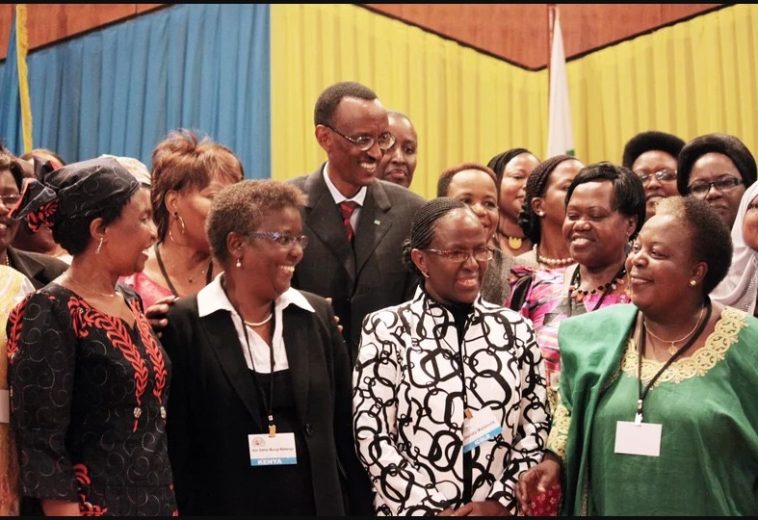South Africa has been gripped by devastating fires that have left communities reeling and firefighters battling against the odds. From urban centers to rural villages, these infernos have ravaged homes, livelihoods, and wildlife, prompting a pressing need to understand their underlying causes. Data from the Fire Safety Engineering Guideline for Informal Settlements reveals that in 2018 alone, South Africa saw over 30 fire incidents daily, resulting in at least one fatality.
The prevalence of fires is worsened during the country’s fire seasons, particularly impacting impoverished settlements susceptible to uncontrollable blazes. Rising temperatures and prolonged droughts have parched the region, turning swathes of vegetation into tinderboxes waiting to ignite. The Western Cape, in particular, has borne the brunt of this environmental crisis, with its fynbos biome, known for its biodiversity, increasingly susceptible to fire. This poses a direct threat to human lives and property and has far-reaching ecological implications, disrupting delicate ecosystems and exacerbating biodiversity loss.
As South Africa continues to undergo rapid urbanization, sprawling informal settlements have become a common sight on the outskirts of major cities. These densely populated areas, characterized by makeshift housing and limited access to basic services, are particularly vulnerable to fire outbreaks. With many dwellings constructed from flammable materials and lacking proper infrastructure such as fire hydrants and paved roads, fires can spread rapidly, engulfing entire communities within minutes.
While natural factors undoubtedly play a huge role in igniting wildfires, arson cannot be ignored. The investigation into the tragic fire that claimed the lives of 76 individuals in South Africa in 2023 has concluded, attributing responsibility to city authorities for their failure to address serious safety concerns at the dilapidated apartment block years before the incident.
The fire, which occurred during the nighttime of August 31 in a five-story building situated in downtown Johannesburg, marked one of South Africa’s most devastating disasters. Among the deceased were 12 children, and 86 others sustained injuries, some resorting to desperate measures like leaping from windows to escape the engulfing flames. Among other harrowing accounts of people tossing small children out of windows in hopes of rescue, many victims were tragically burnt beyond recognition due to being trapped in the overcrowded structure.
Retired Judge Sisi Khampepe helmed the inquiry, and in her report condemned the City of Johannesburg, the building’s owner, for its blatant neglect of the dire condition of the premises. According to Khampepe’s report, in the aftermath, it was discovered that numerous individuals were residing unlawfully within the building, some even constructing makeshift dwellings in corridors, bathrooms, and the intended parking garage. The accumulation of waste inside the building, coupled with the presence of makeshift wooden structures, exacerbated the lethality of the fire.
Cooking-related fires ranked among the most prevalent house fire causes in South Africa, often ignited by overheated grease. Accidental fires, erupting suddenly and spreading rapidly, have been recorded to devastate homes and possessions, even if swiftly extinguished, incurring significant financial losses. Electrical fires, another common hazard, pose significant dangers, often stemming from faulty wiring or poor installation. In 2013, electrical faults caused 42,343 fires and 578 fatalities. Events like the 2015 Cape Wildfires, causing over R11 million in damages within three months, and the 2020 Alexandra Fires, which obliterated over 200 shacks in a massive accidental fire, highlight the destructive potential of unchecked blazes.
Inadequate infrastructure further compounds the fire risk in South Africa, hampering both prevention efforts and emergency response. Many rural areas lack accessible roads and reliable telecommunications networks, making it challenging for firefighters to reach remote locations on time. The shortage of fire stations and firefighting equipment exacerbates the vulnerability of these communities.
In confronting the broader challenge of wildfires in South Africa, one thing becomes abundantly clear; these blazes are not solely natural disasters but the result of environmental, social, and systemic factors. South Africa’s fire management needs to encompass prevention, mitigation, and response. This entails not only addressing immediate vulnerabilities but also tackling underlying issues such as poverty, inadequate housing, and environmental degradation.


